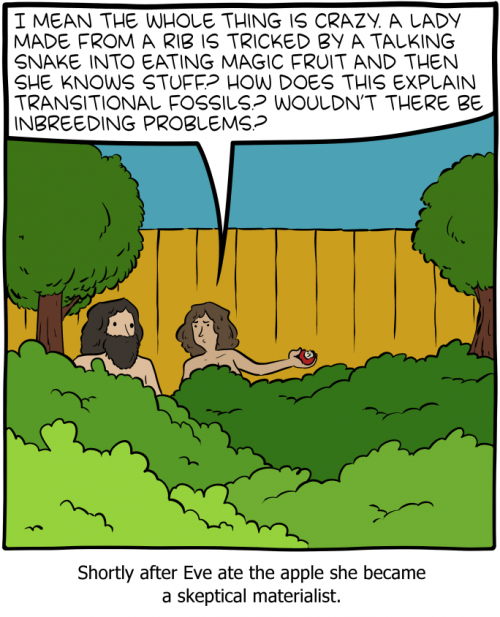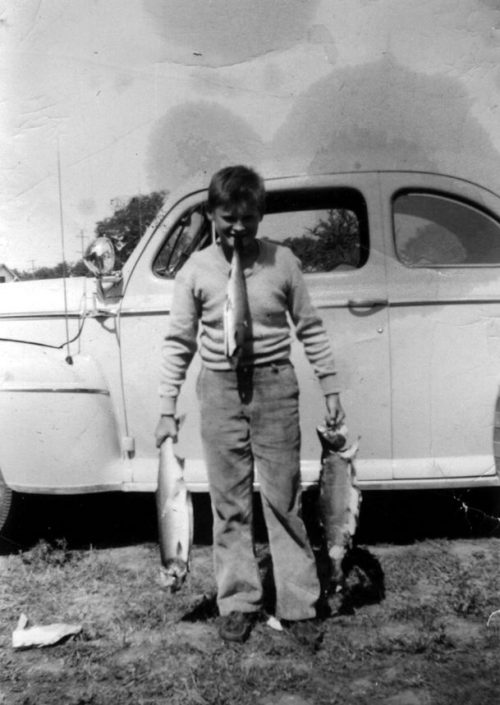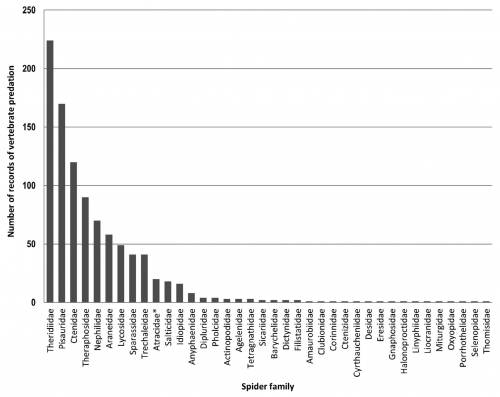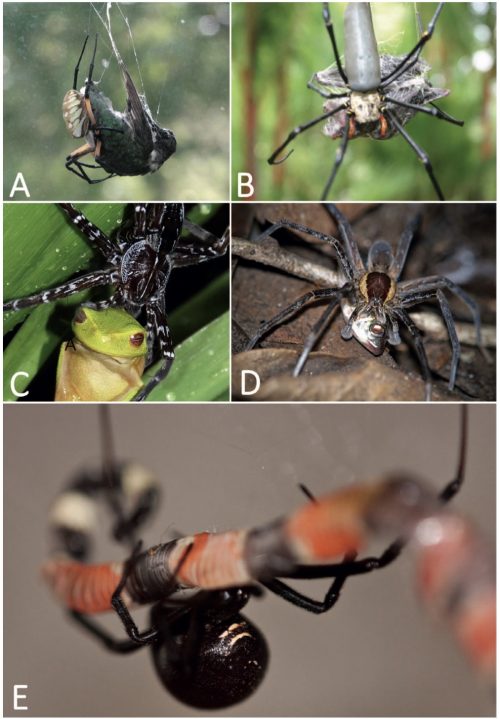You’re forgiven if you don’t know this, but there’s a Democratic Minnesota congressman running for president. Dean Phillips is pretty much a Biden fan-boy, but at 54 he’s significantly younger. That’s really the only appeal of the guy — he’s Joe Biden from almost 30 years ago, which isn’t really the advantage he thinks it is. It’s all about Phillips’ ego.
If he handles his 15 minutes of fame well, he gains name recognition and positions himself to run for the Senate or for governor (because there’s essentially no chance he’d beat Biden). Perhaps, as a consolation prize, his candidacy draws other Democrats into the field and he can take credit for a sitting president having to sweat out winning his own party’s primary.
In other words, he says it’s all about Biden, but it’s really all about him.
I’m not at all interested in voting for him, and this weird grab for attention only diminishes my interest. He’s trying, though, and is campaigning in New Hampshire (I know, I’m dismayed that the electioneering has already begun in 2023). Unfortunately for him, he’s bombing spectacularly. He’s not very good at politics.
Speaking in a theater here less than a week after announcing his campaign, Phillips faced screaming and profanity from voters disappointed in his response to a question on a cease-fire in the Middle East. He was accused of gaslighting the lone Black woman in attendance, who was escorted out of the event — but not before a handful of other attendees walked out of the room.
The tense moment reflects the impassioned debate and nuanced positions within the Democratic Party over the Israel-Gaza war and underscored the question of whom exactly Phillips hopes to appeal to with his campaign. Though many Democrats express a desire for an alternative to Biden, it is unclear if Phillips is the candidate they are looking for.
Around an hour into the meandering town hall here Wednesday, 23-year-old Democrat Atong Chan rose to ask Phillips to support a cease-fire in the Israel-Gaza war.
Phillips blinked rapidly as Chan asked her question, and then began his response by turning around the question to ask her about how she feels about the Israelis killed by Hamas in the conflict.
“I’m going to answer each of your questions, but I have to tell you, I took note that you didn’t mention — how do you feel about the Israeli babies? And moms and dads and grandmas and hostages in Gaza who were brutally murdered? I just want to hear, before I answer your question, if that empathy is across humanity or only for Palestinians right now?” Phillips responded to Chan, a Manchester resident.
He interrupted before she replied, “I am completely empathetic to them.”
Phillips repeatedly invoked his multiple visits to Israel in the past year and his role as the ranking Democrat on the Foreign Affairs subcommittee focused on the Middle East, and told Chan, “You and I are the same.” Though he said he was “horrified and disgusted when I see Palestinians slaughtered,” and denounced Hamas as an enemy of both Israel and Palestinians, he did not answer her follow-up questions about why he is not calling for a cease-fire.
All the politicians, Democrats included, seem to be rushing to find a centrist position that doesn’t require them to condemn violence and murder. It’s not going to work, unless you’re trying to court the fascist vote.
Oh well. I think most people had written off Phillips long ago. When the response to his early attempt to appeal to prospective voters is “screaming and profanity,” I think it’s safe to say he’s done. Go home, Dean Phillips.











